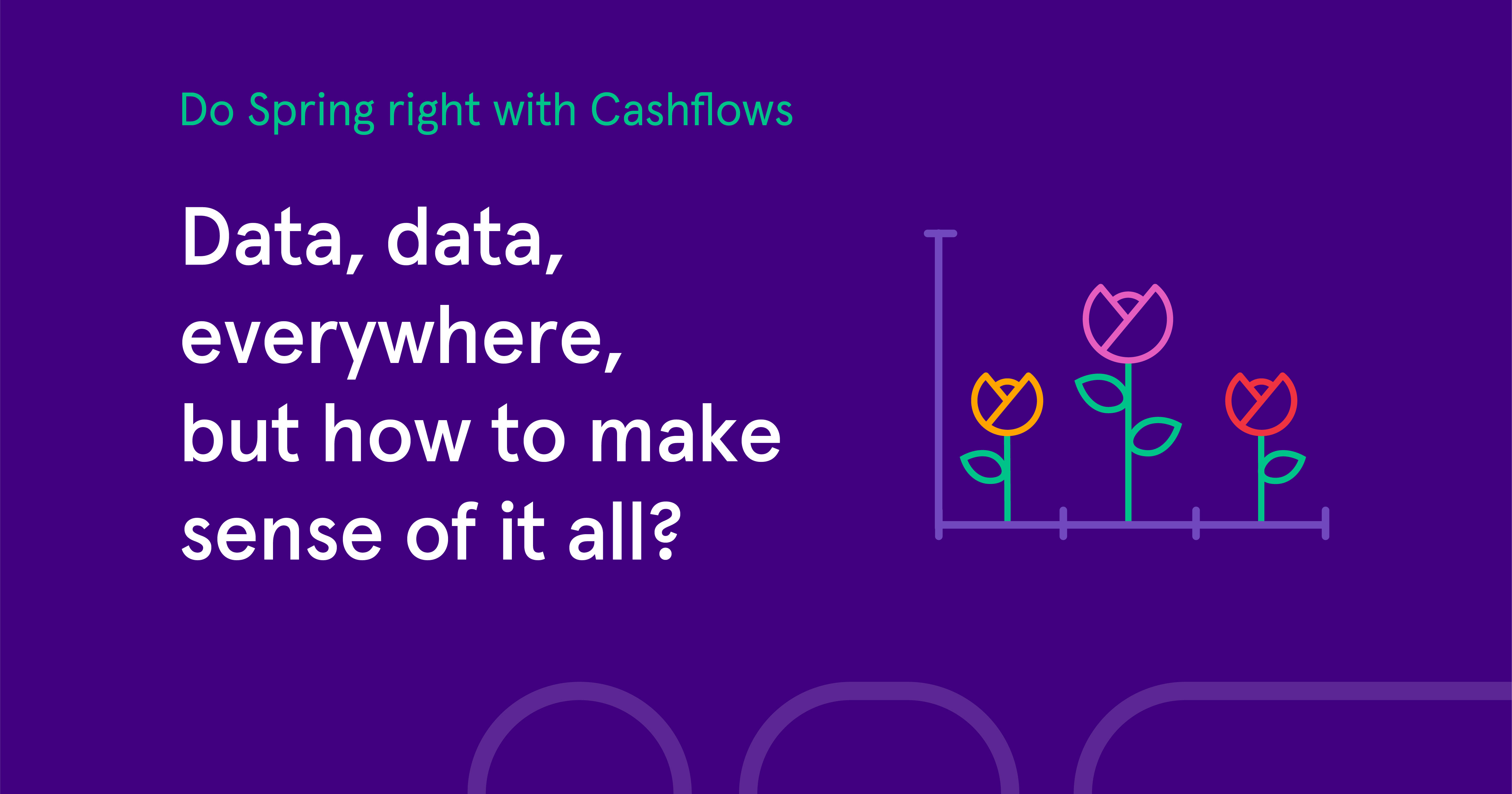For many small businesses, particularly those without a dedicated finance team, the focus tends to be on day-to-day trading. Total costs and sales values are often the only data sets that are routinely checked and have an impact within the business, as the only measure of how well things are going – but by not devoting more time to data, these companies are missing out on gaining some highly valuable #insights into their customers and the way they shop, which is key to taking advantage of opportunities for growth.
Without a deeper view of what’s happening, an understanding of longer-term trends and risks, and a strong sense of what customers look for, businesses end up hindering themselves, basing strategy on what they think they should be doing, rather than insights taken from their data. That’s why it’s so important to delve into the key metrics behind your performance.
However, making sense of the vast amount of data that is now available to small businesses can often be overwhelming. From website analytics to social media, accounting software to payments systems - wherever you look, there’s a different source advising you to use data to help you to grow your business, or to operate smarter, or to manage costs, and every single one has a different opinion how to do it.
At Cashflows, we believe in keeping it simple and at the heart of all the recommendations and opinions; what really matters is what questions you want answering.
Ask yourself the right questions.
- How is my business performing compared to last week/month/year?
- Which are my busiest days and times of day for sales?
- How many customers do I have and how often do they buy from me?
- How many new customers have I gained this week/month/year?
- What % of my sales happen online versus in-store?
- Which of my branches is performing best/worst?
A monthly dashboard that answers questions like these will help you to get a handle on your business and means you’ll spot any trends or red flags. This means that you can tailor the shopping experience you provide more closely to your customers’ wants and needs, as well as identify any areas that need work before they become serious issues. Going forward, you will be able to use these insights from your data to ensure that your strategy is customised to your business, rather than wasting time implementing changes that don’t resound with your consumer base.
There are lots of ready sources of data, so start by working out what you already have access to. If you use an accounting package like Xero or QuickBooks, you’ll already have great business insight as standard, with the option to create more detailed, bespoke reports. If your business is online, sign up for Google Analytics and use Google’s simple tutorials to understand what’s happening with your website and your competitors’.
We understand that it can often be time-consuming and frustrating to have to correlate data from different sources and combine it into one reporting tool. If you’re a Cashflows customer, you can use our easy reporting tools on Cashflows Go to compare sales over hours, days, weeks, years, staying close to your performance across all your payment channels and types, meaning less work for you.
When it comes to data and insight, you don’t have to do everything. Just tracking the answers to a few simple questions can transform the way you see your business and have a genuine impact on your growth.


